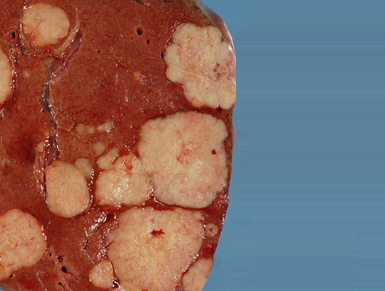DOI: 10.13140/RG.2.1.1948.2085
ABSTRACT
Technology: Sofosbuvir, daclastavir and simeprevir
Indication: Treatment of chronic hepatitis C
Characterization of technology: Sofosbuvir, daclastavir e simeprevir antivirals with direct action on the hepatitis C viruses preventing their multiplication.
Question: Sofosbuvir, daclastavir and simeprevir are provided by the Unified Health System (SUS, from the Protuguese, Sistema Único de Saúde)? For which patient profile?
Methods: We compared the Clinical Protocols and Therapeutic Guidelines for the treatment of chronic hepatitis C from the Ministry of Health of 2011 (with the Supplement 2, 2013) and of 2015 to verify the inclusion of the antivirals sofosbuvir, daclastavir and simeprevir, the recommended treatments and the new inclusion criteria. We conducted a search in Pubmed preferably for systematic reviews on the effectiveness and safety of medicines. We estimated the cost of treatment as recommended by the Protocols of 2011 and of 2015 for comparison. We estimated the budget impact of the treatment of patients with hepatitis C considering three scenarios: (1) Providing treatment as recommended by the Protocol of 2015 (advanced fibrosis); (2) providing treatment as recommended by the Protocol of 2011 and the Supplement 2 (mild fibrosis advanced); and (3) providing treatment as recommended by the Protocol of 2015 for patients complying with the Protocol of 2011 inclusion criteria (mild fibrosis advanced).
Summary of results: Sofosbuvir, daclastavir and simeprevir were incorporated by SUS in June 2015, however they are not yet available for dispensing in the states (author information). The Protocol of 2015 advocates the use of these drugs in combination with each other or with ribavirin + peginterferon alfa. The duration of treatment that could reach 72 weeks with the treatment recommended by Protocol of 2011 was reduced for up to 24 weeks with new antivirals. According to Protocol of 2015 patients are eligible to treatment if they present advanced fibrosis, unlike what occurred with Protocol of 2011, in which it was recommended that patients with mild to moderate fibrosis should also be treated. We included four systematic reviews, two randomized clinical trials and one cohort study. We observed that new antiviral drugs are effective, safe and well tolerated by patients compared to treatment with peginterferon alfa + ribavirin, as provided in Brazil by the Protocol of 2011. Comparison of treatment costs by genotype (definer of therapy) showed that treatment with new antivirals, although shorter, it is more expensive. The budgetary impact revealed minimum and maximum spending for scenarios 1, 2 and 3, respectively: R $ 616,115,315.70 to R $ 639,445,490.10; R $ 750,563,709.69 to R $ 1,272,684,605.88; and R $ 3,756,736,433.16 to R $ 3,892,380,093.12.
Final remarks: It is known that the sofosbuvir, daclastavir and simeprevir have been acquired by the Ministry of Health, though its effective provision by SUS still does not occur. Even with the restriction of treatment for patients with advanced fibrosis, the incorporation of these medications to SUS presents itself with resolving potential for the treatment of chronic hepatitis C in the country. The high opportunity cost and the health resource scarcity scenario resulted in Clinical Protocol and Therapeutic Guidelines with restraint and resulting prioritization of the eligible population for treatment. It is noteworthy, however, that it must be guaranteed to patients with mild to moderate fibrosis proper monitoring of the disease, symptomatic treatment and access to examinations and necessary medical consultations.
Full content in Portugese
































Adicionar Comentário